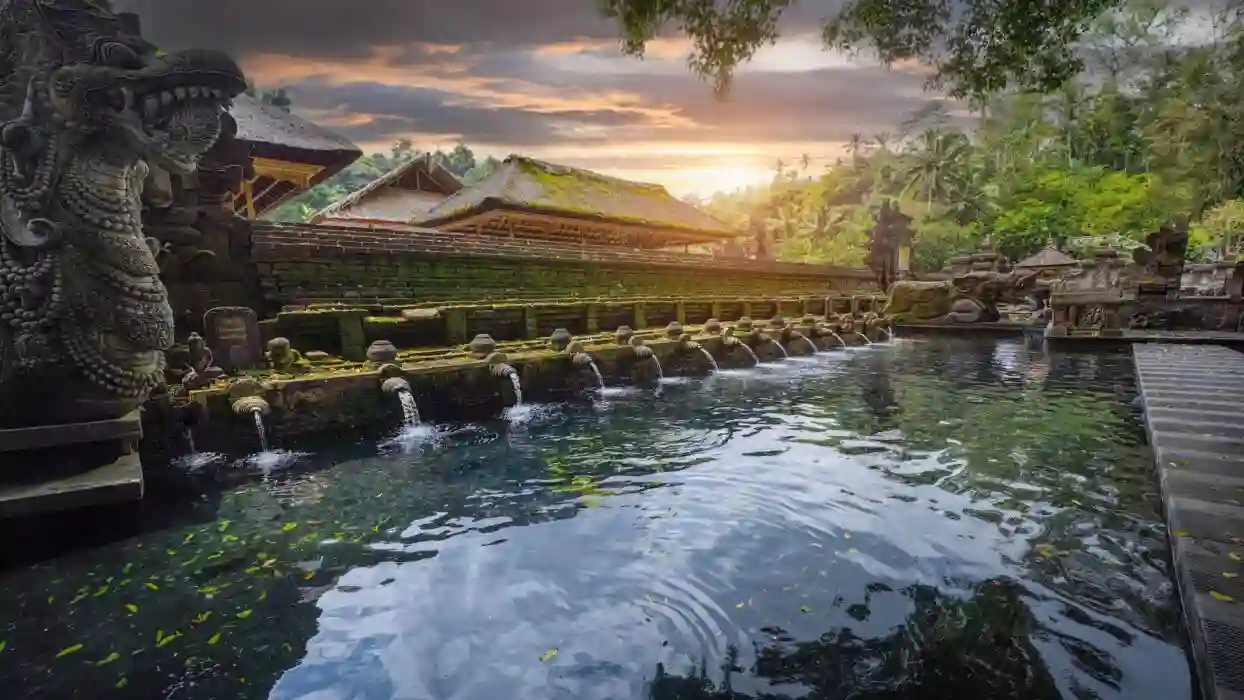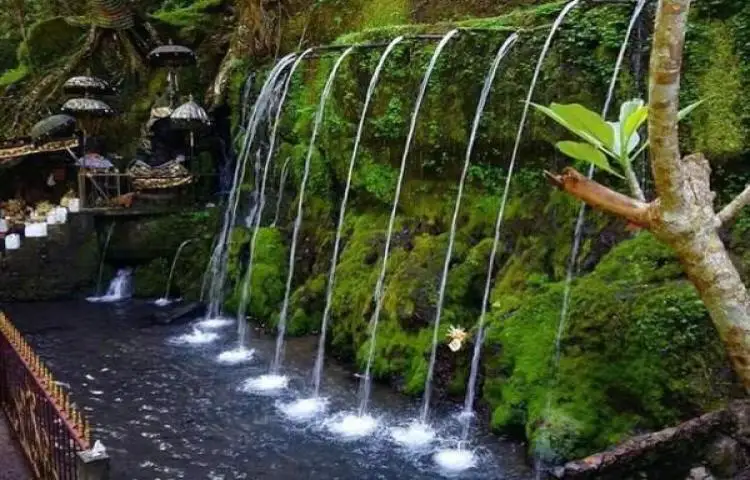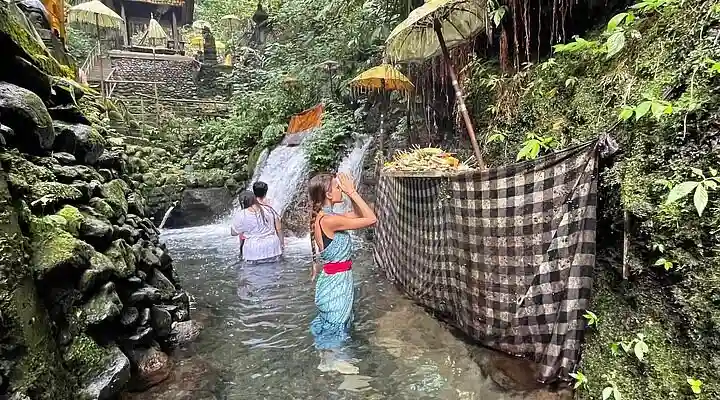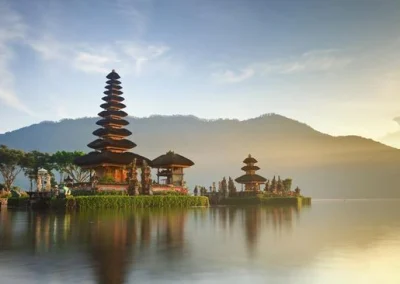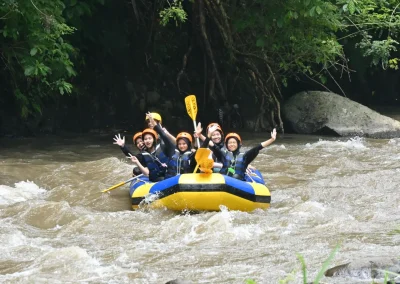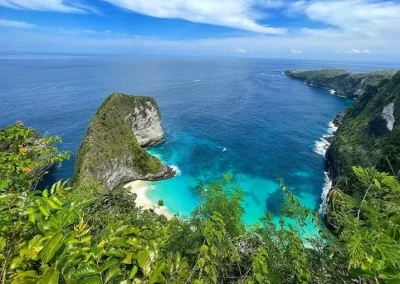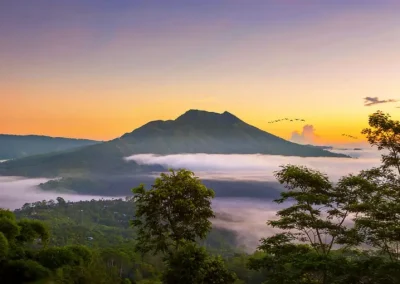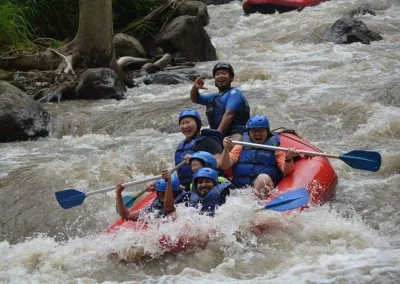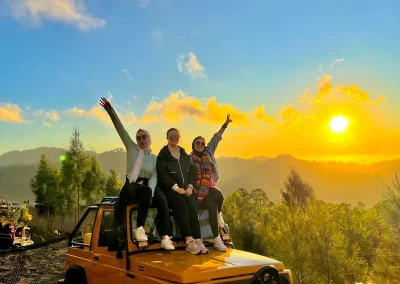Discover the Living Heritage of Bali: Top Traditional Villages You Must Visit
Discover the Living Heritage of Bali: Top Traditional Villages You Must Visit
The first thing I noticed wasn’t the houses.
It was the silence.
Not the silence of emptiness—this was different. It was peaceful, sacred, the kind of quiet that made you slow down, take a deeper breath, and really listen.
I had just stepped into Penglipuran Village, one of Bali’s most well-preserved traditional villages, where time doesn’t rush and the spirit of the island lives on—not in luxury villas or beach clubs, but in earth-colored walls, handwoven canopies, and smiles that carry generations of wisdom.
That day, I didn’t just visit a village.
I walked into a living heritage, a culture still alive through its people, rituals, and everyday life.
What Is a Traditional Village in Bali?
In Bali, a “Desa Adat” is not just a cluster of homes—it’s a sacred system.
Every traditional village follows awig-awig (customary law), guided by generations of ritual, harmony, and balance. Here, the temple isn’t just for prayer—it’s the heart of life. The community doesn’t just live together—they are spiritually bound through a system called banjar, where every member has a role and responsibility.
Unlike cities that constantly reinvent themselves, Bali’s traditional villages preserve.
They keep stories alive in their architecture, their ceremonies, their way of speaking to the land.
And in 2025, when Bali continues to transform with highways, skyscrapers, and tech-driven resorts—these villages are sacred time capsules waiting to be understood, not just seen.
1. 🏡 Penglipuran Village – Clean, Calm, and Timeless

I arrived early in the morning. The stone pathways were swept. The rows of traditional Balinese houses stood in perfect symmetry—each gate carved with symbols of ancestry and protection. There were no cars, no honking motorbikes. Just the distant sound of roosters and the soft murmur of incense smoke rising from household shrines.
Penglipuran, located in Bangli Regency, is famous for its layout, cleanliness, and community discipline. It’s also one of the few villages where traditional Balinese architecture is still practiced fully—homes follow ancient layouts with designated areas for ancestors, guests, and sacred objects.
As I walked past open doors, women were weaving palm leaves for offerings. Children, in their school uniforms, giggled past me with polite nods. I wasn’t just a tourist—I felt like a guest.
This village didn’t perform its culture—it lived it.
2. 🧶 Tenganan Pegringsingan – The Ancient Soul of Bali Aga

A short drive through the eastern hills of Karangasem led me to Tenganan, one of the last strongholds of the Bali Aga—the original inhabitants of Bali before the Majapahit era.
The layout is strict and square, a reflection of their ancient order. Inside, time felt thicker. Old traditions held the air. Here, I met a quiet woman spinning thread for geringsing, a double ikat textile so rare it exists in only three places on Earth.
Every part of the weaving—dying, spinning, tying—is done by hand. And each pattern carries spiritual meaning believed to ward off evil and protect the soul.
They offered me a taste of tuak (palm wine) as I watched two boys prepare for Perang Pandan, a coming-of-age ritual where young men fight each other with spiked pandan leaves—a ceremony not of violence, but of respect and masculinity.
Tenganan isn’t a place for Instagram.
It’s a place for remembering where Bali began.
Etiquette & Cultural Respect
Traditional villages aren’t museums. They are homes.
So if you visit:
-
Dress modestly. Sarongs are often required near temples.
-
Ask before taking photos, especially of rituals or people.
-
Don’t enter family compounds without invitation.
-
Be quiet and present. These are sacred spaces, not entertainment zones.
And most importantly: listen.
The stories here don’t shout. They whisper.
Why These Villages Matter in 2025
As Bali modernizes faster than ever, these traditional villages are the keepers of something the world desperately needs: authenticity, wisdom, and rootedness.
They are not stuck in the past—they carry it forward. And when you visit them with respect, you help sustain that living heritage.
In a world rushing toward the future, these villages offer us a chance to slow down—and remember what truly matters.
Is It Right For You?
You don’t need to be spiritual or religious.
You don’t need to be broken or searching.
You just need to be open.
Melukat isn’t about becoming someone new—it’s about returning to yourself.
Whether you’re facing burnout, grief, confusion, or simply want to reconnect with a part of you that’s been silent for too long—this ritual offers stillness in a world that rarely gives it.
Final Reflection
You’ll see many beautiful places in Bali.
But if you want to truly understand this island, go where the dance isn’t a performance—where it’s still a prayer.
Where the house gates face Mount Agung, and every wall has a soul.
Because culture doesn’t live in temples.
It lives in people.
And those people are waiting to welcome you—if you know where to look.

